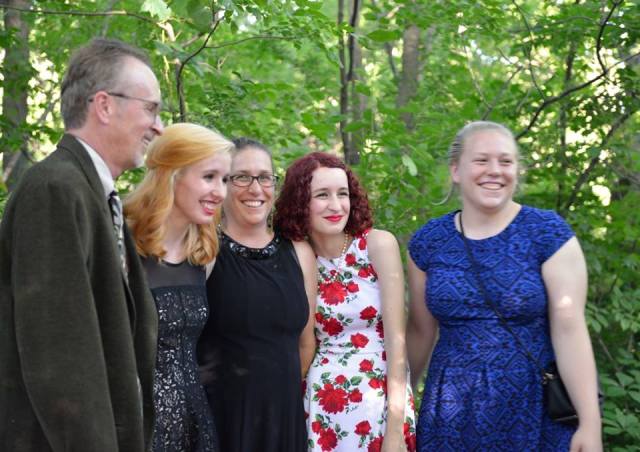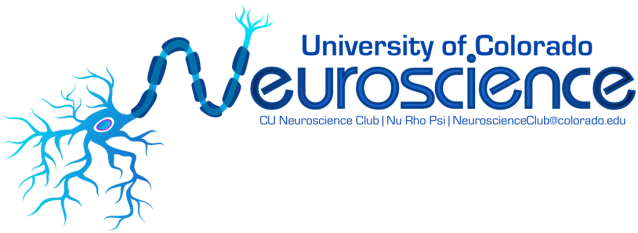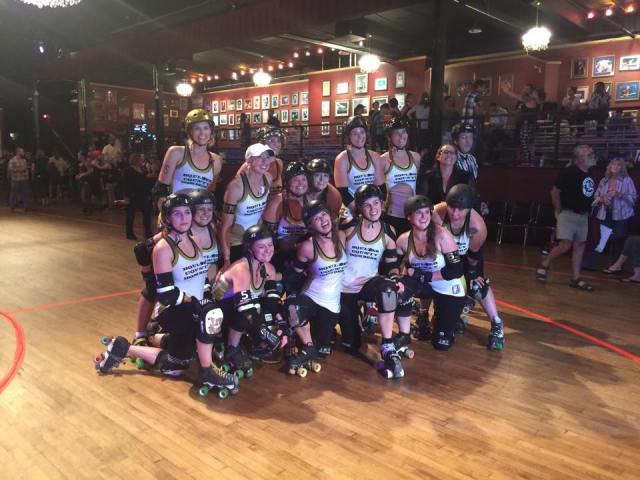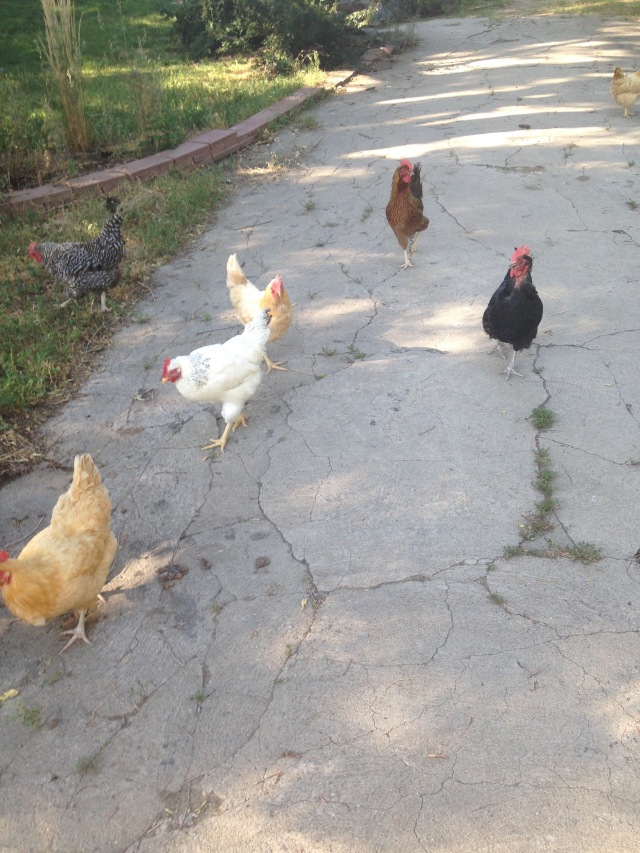This project was interesting and helpful in being both self-reflective and introspective, which is not a lens that I have often explored in my academic writing. It was interesting to think about which aspects of my life I make known to other people publicly and which aspects I choose to keep to myself and it was exciting to see both of those sides of myself come together to form a cohesive self portrait. It is probably one of the more accurate representations of myself that is available online since it includes some of what I would normally include on social media as well as some more introspective elements of myself. Also, some of the examples of personal databases that I chose reflected various networks that I consider myself to be a part of and operate in whereas others were more related to my individual interests. This was interesting because it led me to explore and reveal multiple facets of myself to create the most personal and accurate self-portrait that I could.
This aesthetic approach to my life shows parts of me that would not be seen if I were to explore other genres such as taking a quantitative approach to this self portrait project. A quantitative approach would definitely still give details about my life that could lead to a different kind of self portrait but it would not encapsulate the mood and feelings in quite the same way as this approach. Both styles are useful for describing scenarios and people; however, since this is a more personal project, the subjective-ness of the media chosen helps to create a self-portrait that is more vulnerable and sensitive and encapsulates a deeper meaning to an individual more than just including objective data.
I was unsure of what the idea of electracy really meant before starting this project. It seemed to be too abstract of an idea and it was hard for me to grasp it as a concrete concept, which is what I try to do when learning new things. However; this project helped to assist me in forming an idea of what electracy is and how to use it. In the process of coming up with ideas for my screen self portrait, I had to use many different types of multimedia to showcase myself. In order to do this, I had to be able to understand the digital media in a way that was meaningful to me so that I could use it effectively in my project. This ended up fitting with Gregory Ulmer’s insight into the subject. Ulmer uses the analogy “electracy is to digital media what literacy is to print” to describe the importance of electracy. This concept ended up really solidifying with me and came in very useful in making my project be as cohesive and effectively descriptive as it was.
This idea of electracy that I thoroughly explored in this project works well with some themes that we have continually discussed in this class: “Experience Paradigm” and composing/communicating experience. In order to convey a self-portrait, it was necessary for me to reflect on experiences that I have individually had that reflect my digital identities. This reflection on my experiences laid the groundwork for then using different platforms of multimedia to convey different personal aspects of those experiences.
All of the aspects and new methods of exploration into communicating experience and information via my digital identities were utilized in this project which concluded my work in this semester nicely. I’m sure I will take some of this insight with me into further classes to expand and recognize my knowledge of digital identity.











